In the realm of culinary exploration, the concept of “weeds” takes on a whole new meaning. While commonly regarded as nuisances in gardens, many wild plants are not only edible but also boast unique flavors and nutritional benefits. This article invites you to embark on a journey from garden to table, uncovering the delicious potential of edible weeds. Discover how these wild greens can be transformed into delectable dishes that tantalize the taste buds and elevate your dining experience.
Weeds on Your Plate: A Culinary Adventure
When you think of garden-fresh ingredients, edible weeds might not be the first thing that comes to mind. However, these wild plants have been cherished by foragers and food enthusiasts for their distinct flavors and potential health benefits. Here are some creative ways to incorporate them into your culinary creations:
Wild Weed Salad: A Nutrient-Packed Delight
Craft a vibrant and nutritious salad using a medley of edible weeds. Dandelion greens, purslane, and lamb’s quarters are just a few examples of nutrient-rich options. Toss them with a light vinaigrette and complement the flavors with nuts, seeds, and edible flowers for a visually stunning and flavorful dish.
Weed Pesto: A Flavorful Twist
Elevate your pasta game with a pesto sauce crafted from edible weeds. Swap out traditional basil for wild greens like chickweed or garlic mustard. Blend the greens with garlic, nuts, olive oil, and Parmesan cheese for a pesto that adds a burst of fresh and earthy flavors to your favorite dishes.
Sautéed Weed Medley: Simple and Savory
Give your sautéed vegetables a wild twist by incorporating edible weeds. Sauté wild greens with garlic, onions, and your preferred vegetables for a side dish that’s both flavorful and nutritious. The tender greens add a delightful contrast to the heartiness of the other vegetables.
Weed-infused Oils and Vinegars: A Culinary Elixir
Create artisanal infused oils and vinegars using edible weeds. Fill a glass bottle with your chosen wild greens and cover them with olive oil or vinegar. Let the mixture infuse for a few weeks, then use the resulting concoction to drizzle over salads, vegetables, or even grilled meats.
Weedy Baked Goods: Unexpected Surprises
Incorporate edible weeds into your baked goods for a unique twist. Consider adding chopped wild greens to muffins, quiches, or savory tarts. The result is a delightful interplay of flavors and textures that adds a touch of the unexpected to familiar recipes.
Benefits of Cooking with Edible Weeds
The practice of cooking with edible weeds offers a range of benefits that extend beyond flavor:
Nutritional Value
Edible weeds are often packed with vitamins, minerals, and antioxidants. Incorporating them into your diet can contribute to a well-rounded and nutrient-rich meal.
Sustainable Foraging
Harvesting and cooking with edible weeds promotes sustainability by utilizing resources that often go overlooked. This practice minimizes waste and supports a more eco-friendly approach to eating.
Unique Flavors
Edible weeds bring new and intriguing flavors to your dishes. Their distinct profiles can add complexity and depth to your culinary creations.
Connection to Nature
Foraging for edible weeds encourages a deeper connection to nature and an appreciation for the bounty that the environment provides.
Foraging and Cooking Tips
Before venturing into the world of edible weeds, here are some important tips to ensure a safe and enjoyable experience:
Accurate Identification
Properly identify the plants you plan to use. Consult reliable field guides or seek guidance from experienced foragers to avoid any potential risks.
Harvesting Responsibly
Only harvest from areas that are free from pollutants and pesticides. Be mindful of local regulations and avoid over-harvesting to maintain the ecosystem’s balance.
Wash Thoroughly
After harvesting, wash the edible weeds thoroughly to remove dirt, insects, and any potential contaminants.
Start with Small Quantities
When trying a new edible weed for the first time, start with a small quantity to gauge your body’s reaction.
Diversity in Cooking
Experiment with different edible weeds and cooking methods to discover the flavors and dishes that resonate with your palate.
FAQs
Q: Can I cook with any weed from my garden?
A: Not all garden weeds are edible. It’s essential to accurately identify plants before using them in your culinary endeavors.
Q: Can I substitute edible weeds in any recipe?
A: While many recipes can be adapted to include edible weeds, it’s best to start with recipes that highlight the flavors of these wild plants.
Q: Are there any health concerns associated with edible weeds?
A: Edible weeds are generally safe to consume when properly identified and prepared. However, individuals with allergies or sensitivities should exercise caution.
Q: Can I find edible weeds in urban areas?
A: Yes, edible weeds can often be found in urban environments, but it’s important to ensure they are free from pollutants and contaminants.
Q: What’s the best time to forage for edible weeds?
A: Spring and early summer are ideal times to forage for edible weeds, as many species are in their prime during these seasons.
Q: Can I find edible weeds year-round?
A: While some edible weeds are available throughout the year, their abundance may vary depending on the season.
Conclusion
The world of culinary exploration extends beyond the cultivated plants in your garden. Edible weeds offer a treasure trove of flavors and possibilities that can elevate your cooking to new heights. By foraging responsibly, accurately identifying plants, and incorporating them into your dishes, you can embark on a culinary adventure that connects you with the natural world and transforms wild plants into delectable delights.



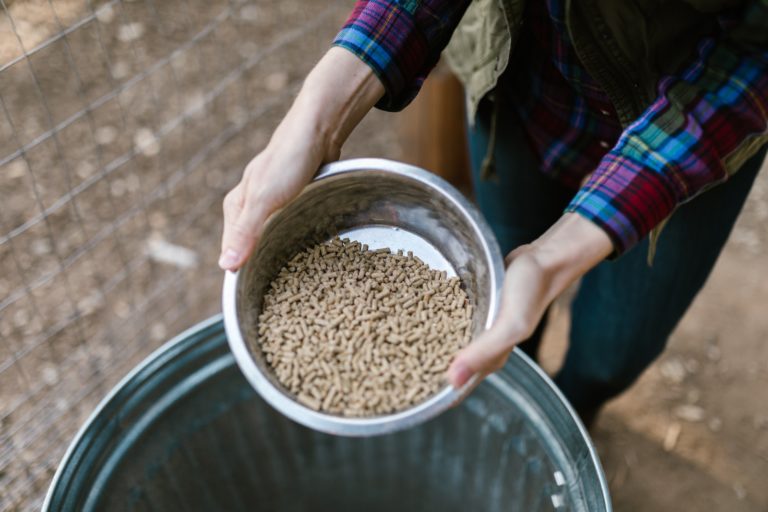
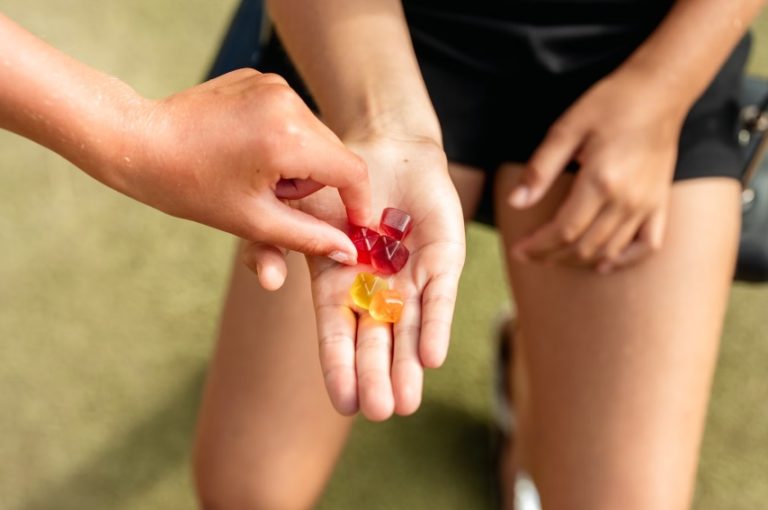
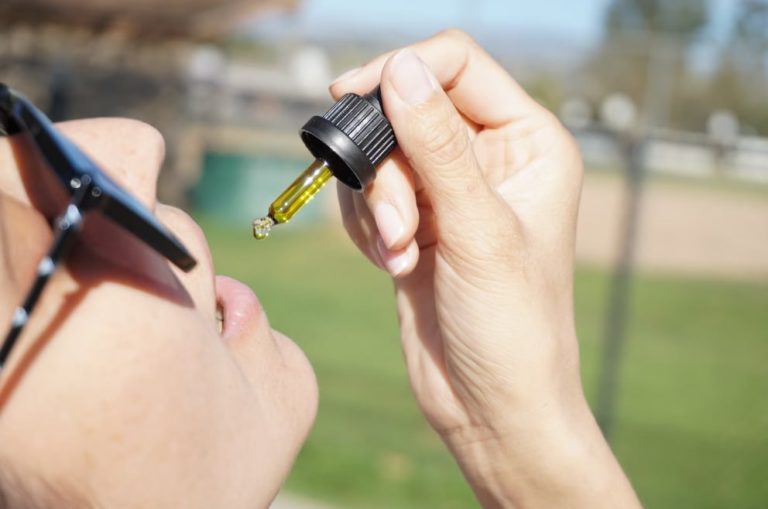

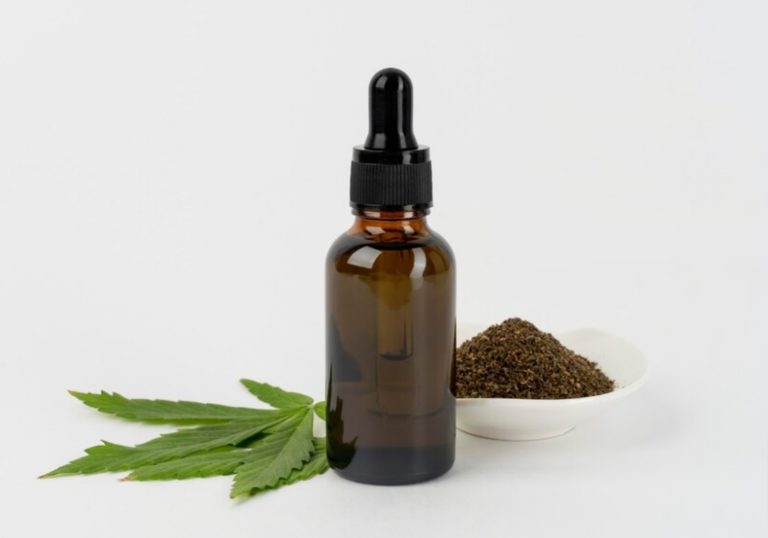

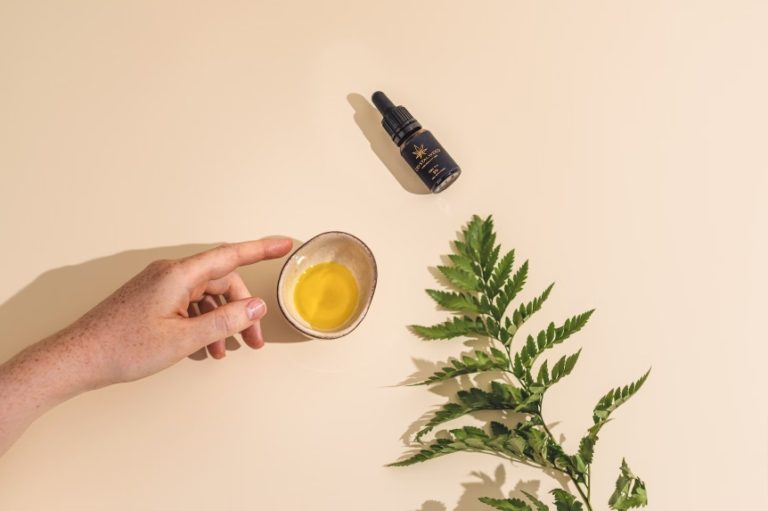
+ There are no comments
Add yours